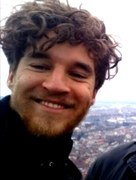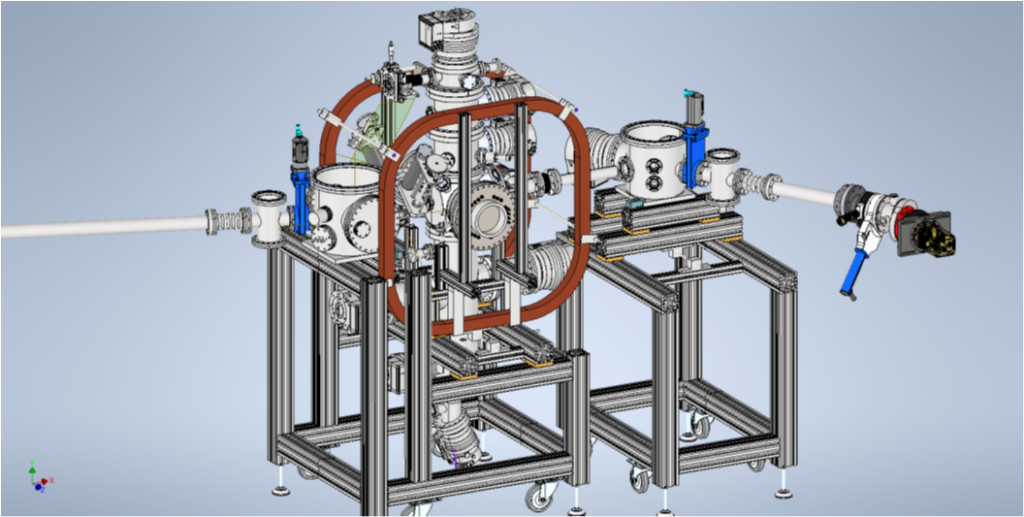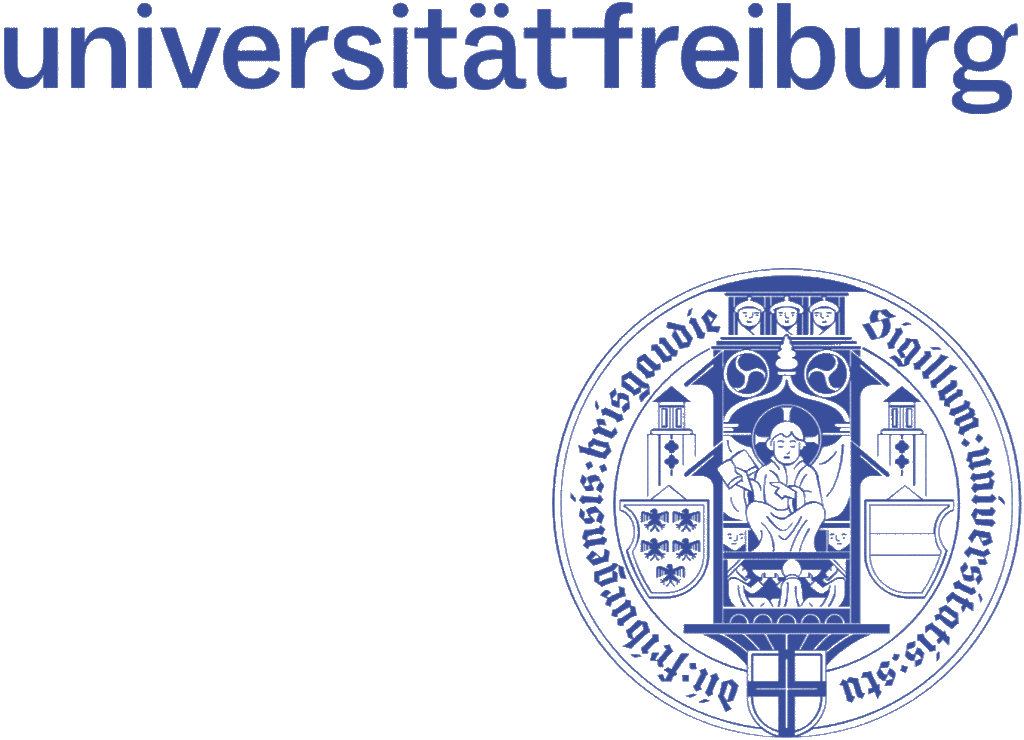
University of Freiburg
Institute of Physics
Experimental Attosecond and Strong Field Physics
samuel.kellerer(at)physik.uni-freiburg.de
Investigation of Correlated Electronic Dynamics by Nonlinear Attosecond Spectroscopy
The investigation of fast processes like electronic dynamics in small quantum systems such as atoms or molecules demands for ultrashort laser pulses. Utilizing the process of high-order harmonic generation (HHG) extreme ultraviolet (XUV) pulses with attosecond duration can be produced. These pulses can be used for performing experiments like attosecond XUV coincidence spectroscopy.
There are some challenges in realizing such investigations. Performing long-term measurements like coincidence spectroscopy, high repetition rates of the attosecond pulses are needed in order to get enough statistics in a reasonable amount of time. At the same time, high intensities are necessary for observing two- or multi-photon processes and the isolated attosecond pulses should be of variable time durations.
Fulfilling these requirements will be possible by using the SYLOS-driven beamline FORTH at the laser facility ELI ALPS which is located in Szeged, Hungary. The attosecond pulses (trains and isolated pulses) will be generated by the driving laser with pulses of an energy of 35 mJ, a duration of 7 fs and a central wavelength of 910 nm at a repetition rate of 1 kHz. A photoelectron/photoion setup for coincidence spectroscopy (Reacrion Microscope, REMI) will be used as an endstation on this beamline.
The REMI, which is the major part of this project, is designed with strong support from the group of Robert Moshammer at the Max Planck Institute for Nuclear Physics in Heidelberg and currently under construction here in Freiburg.
When ionizing a particle the REMI will detect the photoelectron and the corresponding ion in coincidence and the full three-dimensional momentum of both particles can be reconstructed. Thus, information as emission angle and kinetic energy can be determined.
We combine this setup with a split-and-delay unit, which will split the XUV beam into two parts with variable respective temporal delay in order to perform XUV-XUV pump-probe experiments.

Supervisor: Guiseppe Sansone



